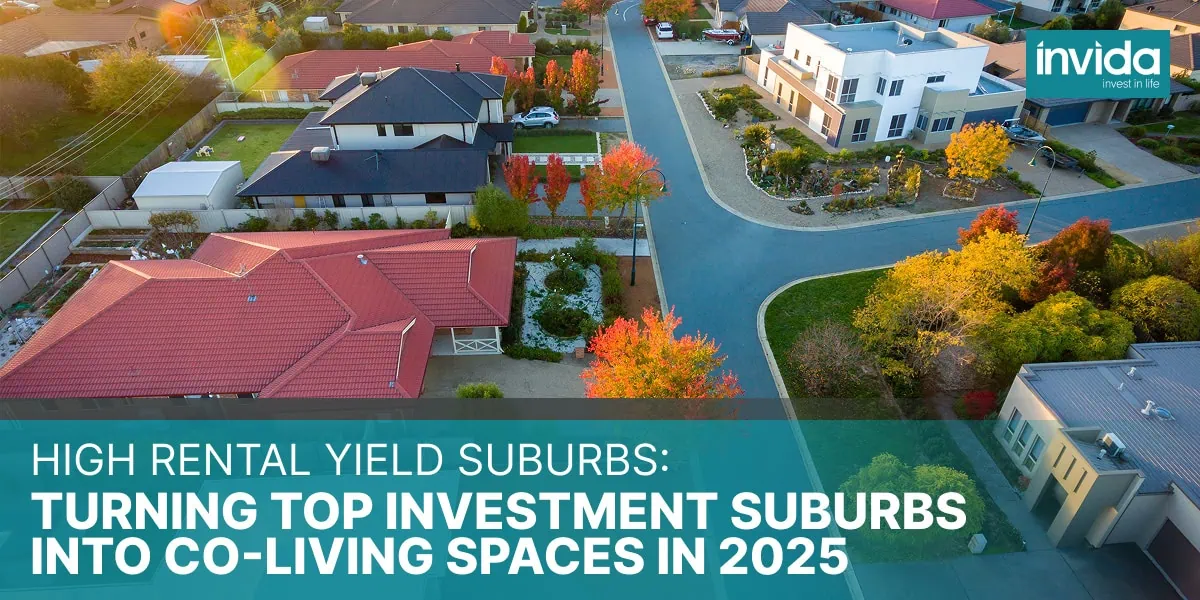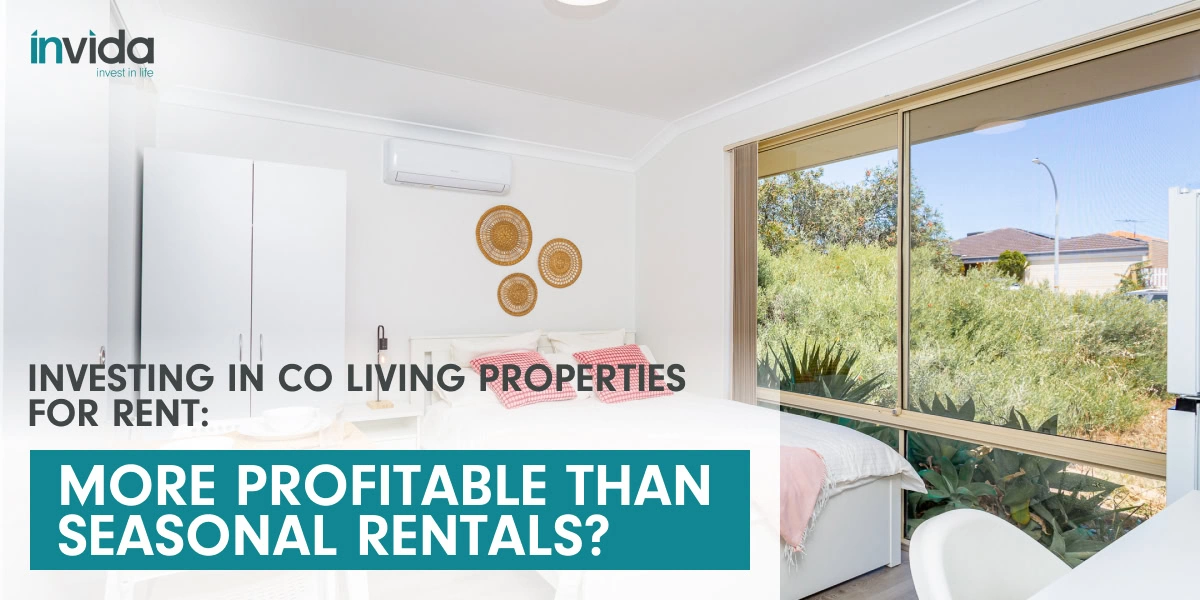In real estate investment circles here in Australia, there are some lingering myths about co-living and why it doesn’t work. And we have just the man to bust them.
INVIDA founder Ian Ugarte is a full-time property investor, educator and creator of the IAN UGARTE property programs, a public speaker and media commentator. He’s also Australia’s foremost co-living specialist, leading the field in micro-apartment, rooming house, and boarding house development, and expert in the codes and regulations that govern them.
With a background teaching qualified building trades as a senior educator with TAFE NSW, Ian now shares his property development and investing expertise through live and online master classes (to more than 230,000 students so far!). Ian founded the Australian Housing Initiative and regularly consults with government policy makers on housing affordability and the loss of community.
Here’s what Ian had to say when we asked him about these 10 myths.
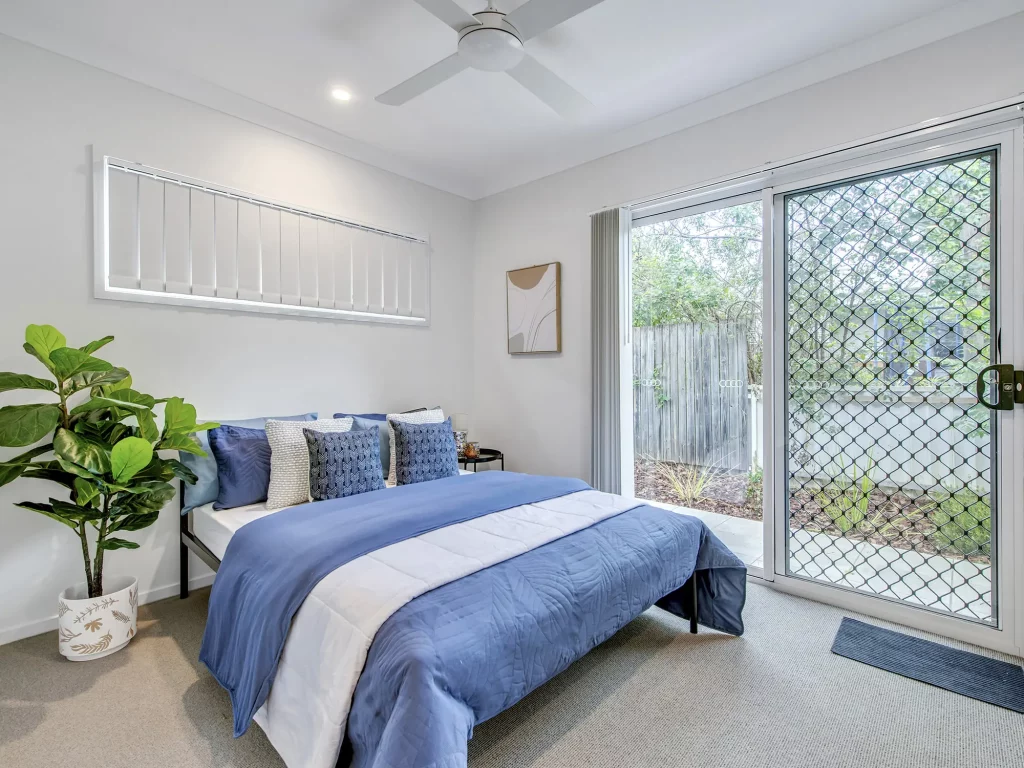
Myth no. 1: It’s not legal
Co-living is definitely legal, as long as you apply either directly to council or through a private certification process, to get your building approval.
The requirements and timeframes do vary between Australian states and councils but if you fast-track it through a private certifier, it can take as little as 10 days to get approval, whether you’re converting an existing property or building a new, purpose-built property. (I’m the guy that does it in our business so I know this for certain!)
At INVIDA, we like to keep things simple, so we only go through private certifiers or building surveyors.
Myth no. 2: You can’t get finance
When I first started doing these kinds of co-living/cash flow property developments, lenders still saw it as a commercial investment. Now there are multiple lenders that will do residential loans on co-living properties and that’s a lot to do with me banging on doors for 10 years and proving to lenders that it’s a safer bet than a standard residential property.
It also helps if you have a mortgage broker who knows the ropes. At INVIDA we’ve got our own specialist co-living broker who understands the strategy and has worked hard with us to get funding arrangements available to all clients.
Not all banks will lend to you (none of the big 4 will yet, though I’m working on changing that). The ones who will lend don’t publicise the fact. That’s even more reason to use an experienced broker.

Myth no. 3: You can’t get insurance
When I first started out in co-living, insurance was difficult to find and quite expensive. So I spent four years working with underwriters to make it more available. It’s still pricier than for a standard residential property, but not hugely so; and they do pay out on claims – I have clients who’ve received payouts.
Myth no. 4: They don’t appreciate like ordinary homes
That’s correct, they don’t appreciate like ordinary homes. They appreciate more than ordinary homes!
In the last five years, in the rare instances I know of where people have sold their co-living properties, I’ve seen them achieve $100,000 to 150,000 more than a standard house in the area because of their superior rental return. And don’t forget: co-living homes can always be used as normal homes. As I like to say, a normal family home can’t be used as a co-living property, but a co-living property can be used as a family home. And who doesn’t want a bathroom attached to every bedroom? (I know my four daughters are pretty happy with the concept.)
And of course co-living properties are bona fide cash flow properties and a legitimate strategy for real estate investment in Australia
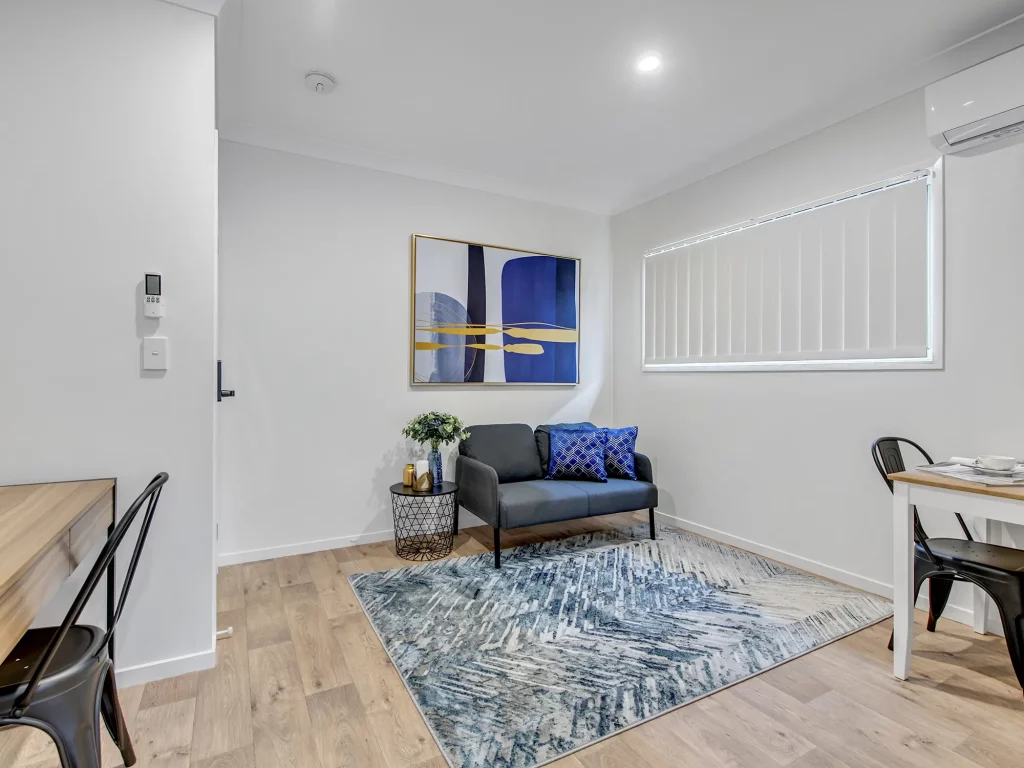
Myth no. 5: Co-living tenants are undesirable
When people think co-living they often think 1960s boarding houses, but that’s not the case. Our residents generally break down into three cohorts:
- 19- to 30-year-old single people with jobs, who’ve just finished studying, are now in the workforce and finding it difficult to make ends meets with rising rents. So they rent a micro-apartment and save half to a third off normal rents.
- 30- to 45-year-old professional couples who want to buy a house, and/or have a baby. So they move in and work solidly 70 to 80 hours per week to save for a house deposit.
- Older renters, 55+ single females mostly. These are our anchor residents who end up becoming an adopted mother or grandmother for others in the house. They look after the property, they notify us when things go wrong (or fix things without even telling us sometimes) and they really hold the house together.
None of these tenants are drug dealers or criminals or undesirable in any way. They’re just people who want to get ahead by paying less rent.
Myth no. 6: It’s student accommodation
We don’t do student accommodation at INVIDA for three reasons:
- Students have a three-month break at the end of every year, which is a long time to have no rental income, or a vastly reduced income.
- Students, in particular, Australian students, like to party and that leads to property damage.
Registered training organisations like universities, colleges and TAFEs are now offering student accommodation to augment their cashflow. So if they’ve got hundreds of rooms available, the last thing we want is to have our micro-apartments sitting next to theirs in the market, especially as they cut prices to fill rooms.

Myth no. 7: Residents will only stay for 3 months
Our research shows that the average duration of stay in metropolitan areas is nine months and in regional Australia it’s 15 months. Once you give someone their own bathroom, their own sitting area and kitchenette, they’re more than comfortable to stay in that property for a substantial period. (NB. In the INVIDA co-living model, all residents get their own bathroom; they only share a laundry and sometimes a main kitchen/oven.)
Myth no. 8: Parking is a nightmare
OK, you got me there – parking is the one argument I cannot win. However, in our defence we do insist on a minimum number of parking spaces on any one property, on top of the minimum you need to get your building approval. We always add as many as we can when we do conversions and our houses generally accommodate four to six residents maximum.
I also want to make the point that, if a family has older children at home, with their partners, they’re often going to end up with just as many vehicles parking onsite or nearby, as a co-living house.
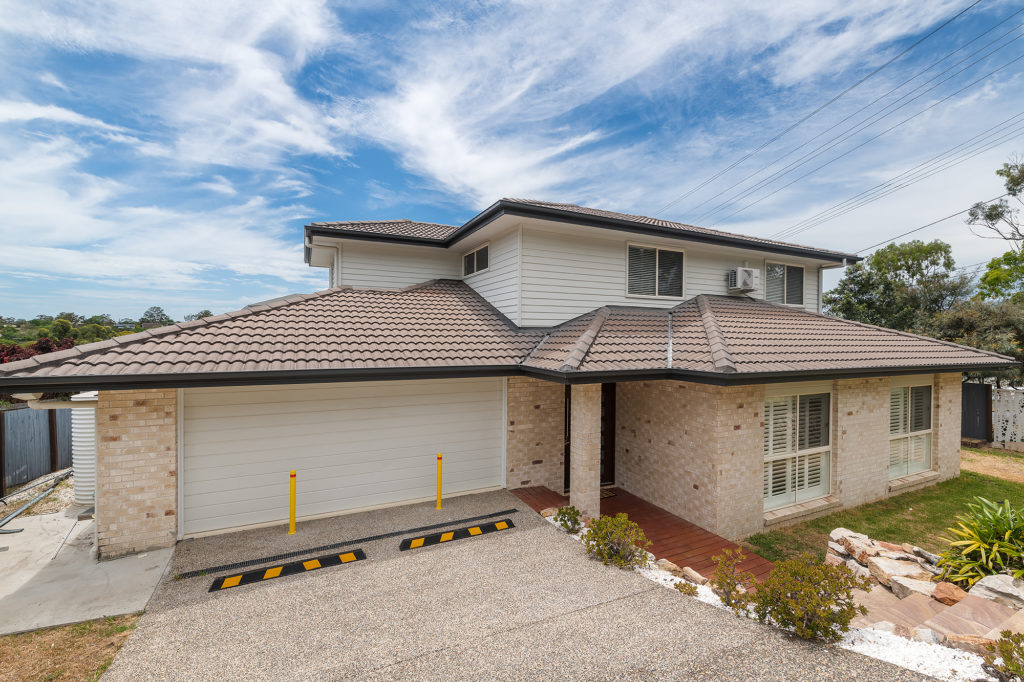
Myth no. 9: No one wants to rent a studio or one-bedroom apartment
If that’s true, then why do we have a negative vacancy rate on one-bedroom units all over Australia?
Our managing agents actually have waiting lists of people who want to live in upcoming co-living properties.
In the end you have to remember, it’s not about where you want to live, as the investor; it’s about where someone else is willing to live. And when they’re saving up to half of their normal rent, with utilities included, it’s good bang for buck if they’re trying to get a leg-up into the property market, or getting themselves back on terra firma financially.
Myth no. 10: It’s too good to be true! What’s the catch?
It sounds like it is, but no-one loses out on what we do.
With these kinds of cash flow properties, the investor doubles or sometimes triples their rental income; the people living in the property save on rent payments; and it takes pressure off the bottom of the market.
And the other advantage is we create adaptable homes. So while the property might be used for co-living now and perhaps for the next 10 to 15 years, it can be a family home again in the future. And in between, it could be used as a multi-generational house, or shared by friends or siblings, or a retiree could live in part of the house and earn income by letting out the other rooms.
There are so many good possible outcomes from co-living investments, but it’s not too good to be true. Just ask our clients.



